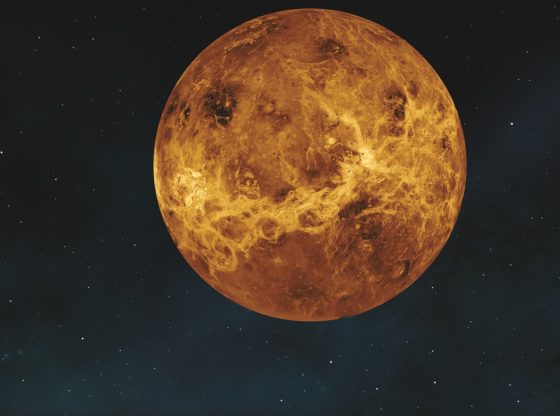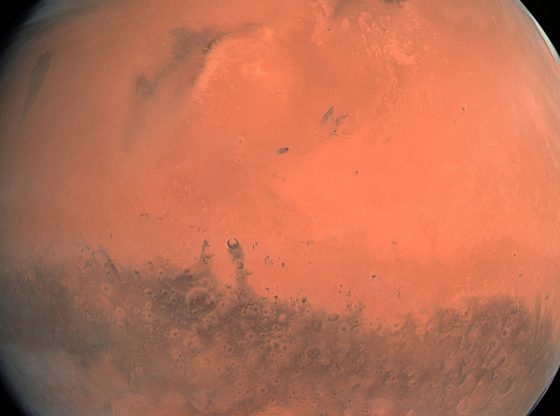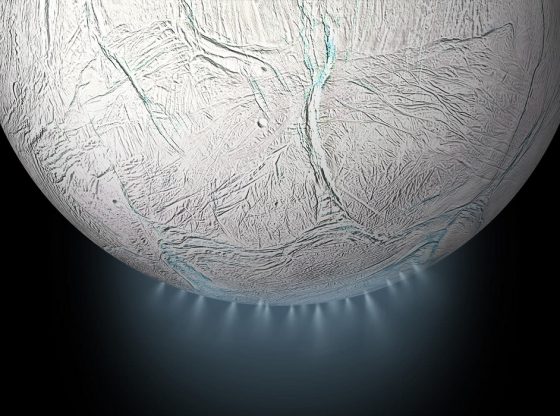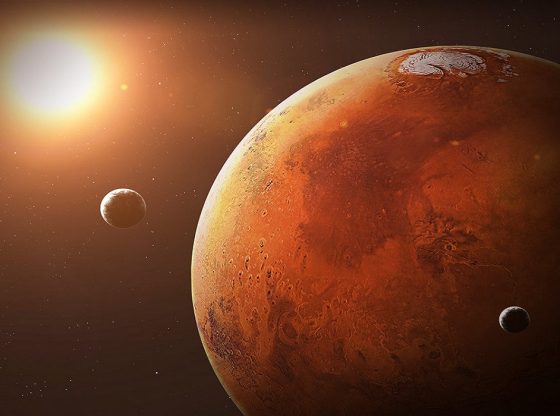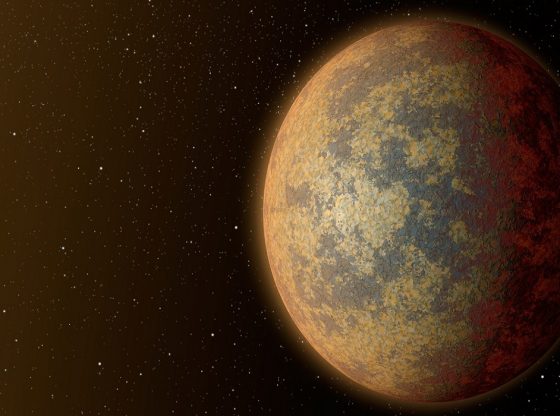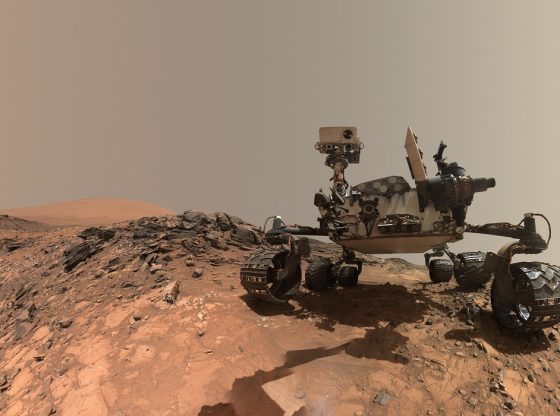The building blocks of life have been discovered on the dwarf planet Ceres. These are organic molecules essential for life as we know it. Astronomers now speculate that organic molecules might have been transported to Earth from dwarf planets similar to Ceres.
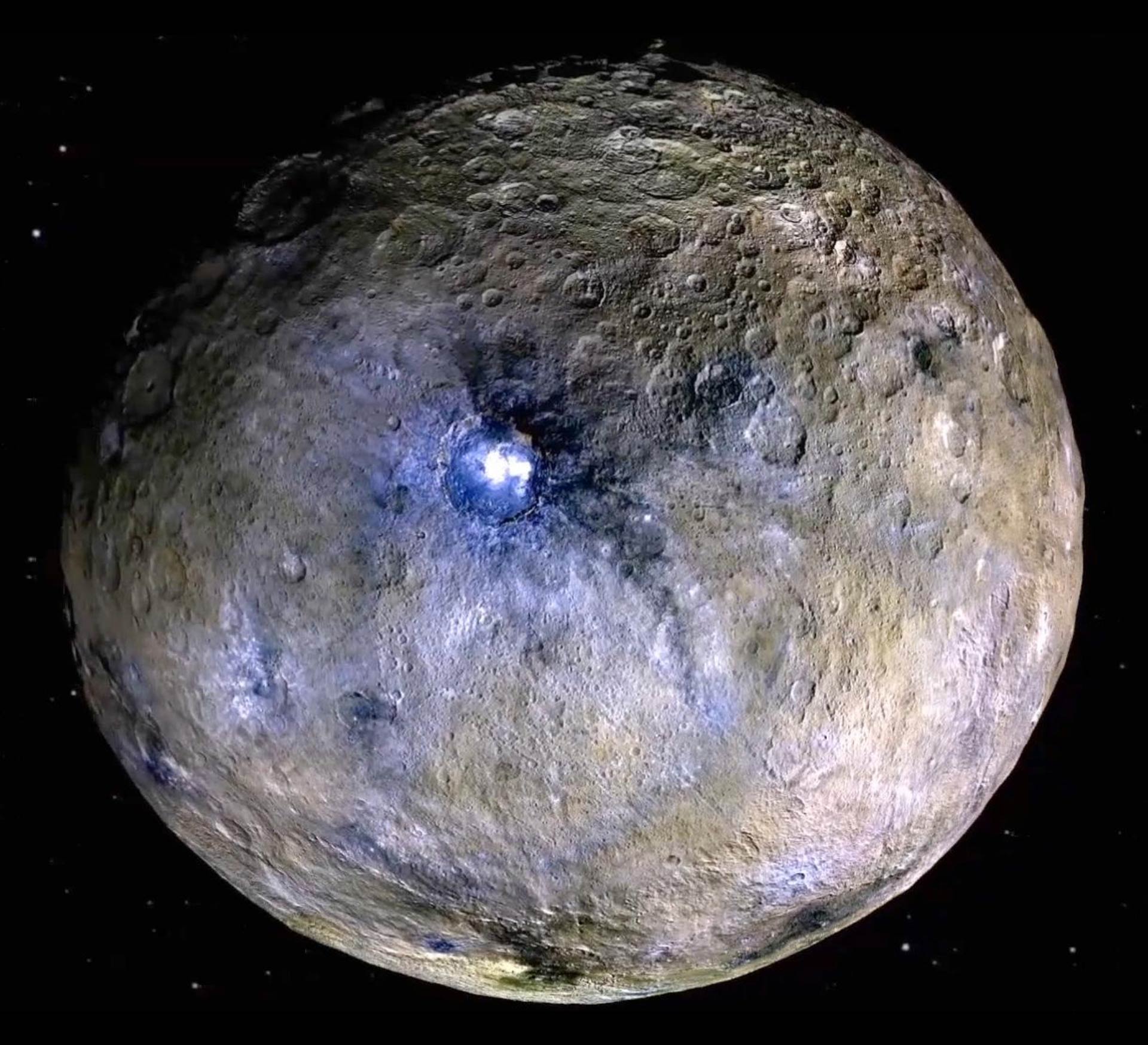
Ceres is the largest object in the asteroid belt that lies between the orbits of Mars and Jupiter. The NASA spacecraft Dawn has been studying the object for several years and made the discovery of organic molecules close to the 50-km diameter Ernutet crater in the northern hemisphere of Ceres. The area shows unusually high concentrations of organic molecules in the form of hydrocarbons, including carbonate and ammoniated species.
This is the first time that organics have been found in this part of the solar system and opens up for exciting new possibilities for how the building blocks of life may have spread throughout the solar system.
“This discovery of a locally high concentration of organics is intriguing, with broad implications for the astrobiology community,” said Dr. Simone Marchi to Science Daily. She is a senior research scientist at Southwest Research Institute and one of the authors of the paper. “Ceres has evidence of ammonia-bearing hydrated minerals, water ice, carbonates, salts, and now organic materials. With this new finding Dawn has shown that Ceres contains key ingredients for life.”
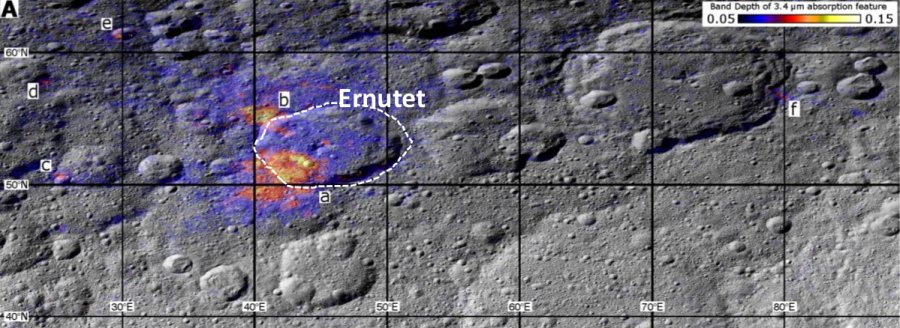
Earth was formed at a location in the planetary system where it was completely dry and since we know that there are a lot of water on Ceres – astronomers now believe that such water-rich worlds and asteroids could explain how Earth got its oceans.
The hypophysis is that the newly formed Earth was subjected to heavy bombardment by water-filled asteroids and comets. Water slowly built up and reshaped Earth into the blue planet that we know today. The question is if the building blocks of life also came along with the water.
“This discovery adds to our understanding of the possible origins of water and organics on Earth,” said Julie Castillo-Rogez, Dawn project scientist based at NASA’s Jet Propulsion Laboratory in Pasadena, California.
If the ingredients for life to take root on Earth came from objects such as Ceres. This may imply that there is life there already. Ceres shows signs of geothermal activity which could imply pockets of liquid water. So there is a possibility that there is life present on this frozen world according to the researchers.
The space probe Dawn has been in orbit around Ceres for two years. Dawn is now in a highly elliptical orbit at Ceres but on February 23, it will make its way to a new altitude about the height of GPS satellites above Earth, and to a different orbital plane, placing the space probe in a position to study Ceres in a new geometry. In late spring, Dawn will view Ceres with the sun directly behind the spacecraft, such that Ceres will appear brighter than before, and perhaps reveal more clues about its nature.
The discovery has been published in the journal Science.
Reference:
M. C. De Sanctis1, E. Ammannito, H. Y. McSween et al Localized aliphatic organic material on the surface of Ceres 10.1126/science.aaj2305

